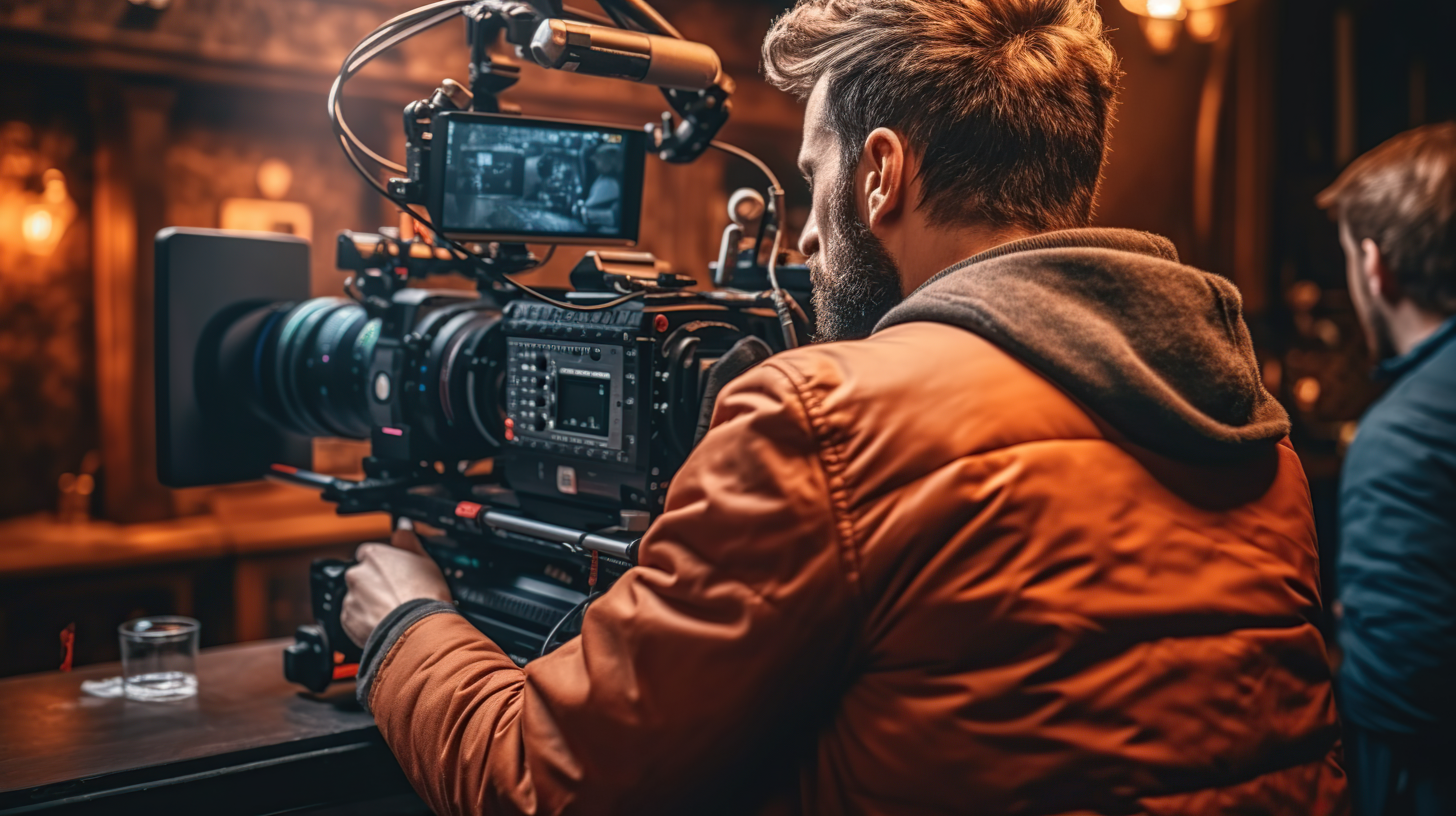
Making a hit music video involves more than just capturing footage. Our extensive experience with countless music videos has taught us that the real work often lies in post-production. That’s when your video becomes unforgettable or fades into the background noise of the internet.
In this blog, we’re removing the curtain on the five post-production secrets that can elevate your music video to the Billboard Hot 100 charts. So, if you want your video to stand out, keep reading.
One of the most effective ways to create an engaging music video is syncing cuts to the beat. This technique involves timing your video cuts (or transitions between shots) to match the rhythm of the music track. For example, you can ensure the video cuts or changes precisely when there’s a strong drumbeat or a significant beat drop in the song. This simple technique creates a rhythm that feels natural to viewers and keeps them engaged. However, sticking to the beat throughout the entire video can feel predictable.
A pro tip is to break the rhythm sometimes to build anticipation or amplify emotional moments. This break might mean letting the shots linger longer than the beat or cut just before a beat drop.
For example, in Formation by Beyonce, the music video shows quick cuts and rhythmic editing to elevate the energy of the scenes.
Color grading is a crucial step in post-production that can make or break a music video. It involves adjusting and enhancing the colors to align with the mood and tone of your video. This part is important because even small changes in hue and contrast can dramatically alter how the audience perceives a scene.
When your color grading is done right, it elevates the entire video. It makes it impossible for viewers to look away. But if you get it wrong, the whole vibe might fall flat. That is why you should always ensure that the grading does not feel forced or out of place and aligns with the story and emotions of the performance.
If your music video features an upbeat pop track, apply vibrant, saturated colors with warm tones. For example, in the music video of Bad Guy by Billie Eilish, the vibrant yellows and blues perfectly capture the quirky and rebellious nature of the song.
On the other hand, for darker or more introspective songs, use cooler, desaturated tones to create a fitting atmosphere.
Some Pro-Tips:
1. Fix the Basics: Make sure your footage has consistent color and exposure.
2. Apply Color Grading Techniques: Adjust contrasts, highlights, and shadows. Use color filters or Look-Up Tables (LUTs) to get the desired look.
3. Make Small Changes: Fine-tune to ensure the colors fit with the story and emotions of the video.
While visual effects (VFX) can give a music video its wow factor, the key to using VFX lies in subtlety and purpose.
In simple words, less is more when it comes to these effects. You can clutter the video and distract your audience from the story if you use too many flashy visuals. Instead, focus on two or three standout effects and use them sparingly. By doing this, you can keep the visuals clean and impactful.
For example, in All of the Lights by Kanye West, the intense strobing effects enhanced the video without overwhelming it.
A pro tip we always recommend is to stick to the narrative and let the story shine through the effects rather than the other way around.